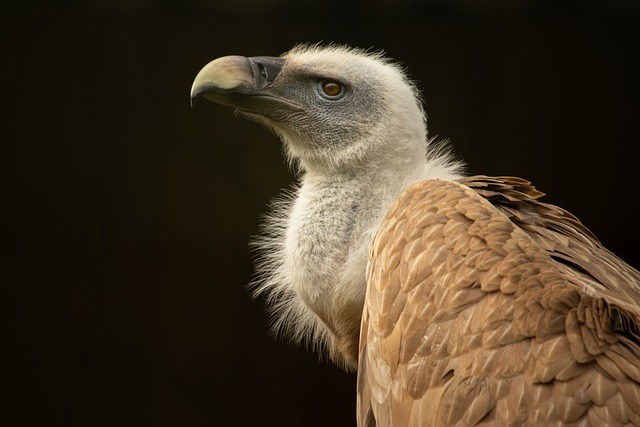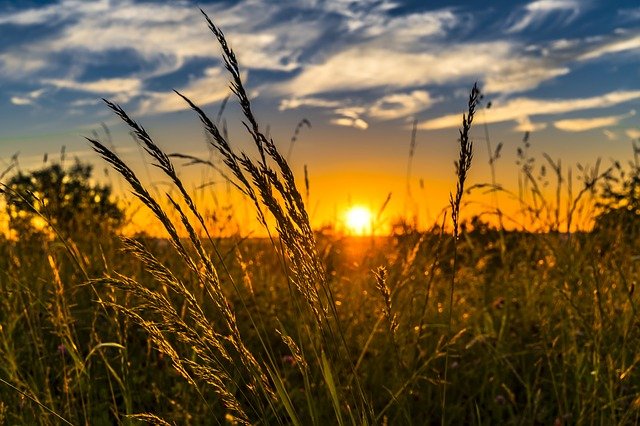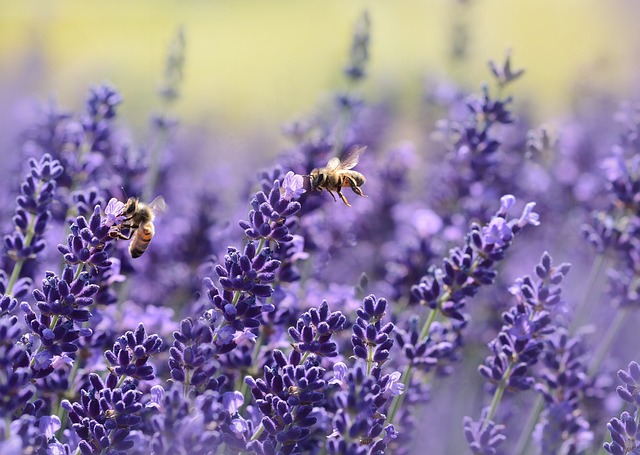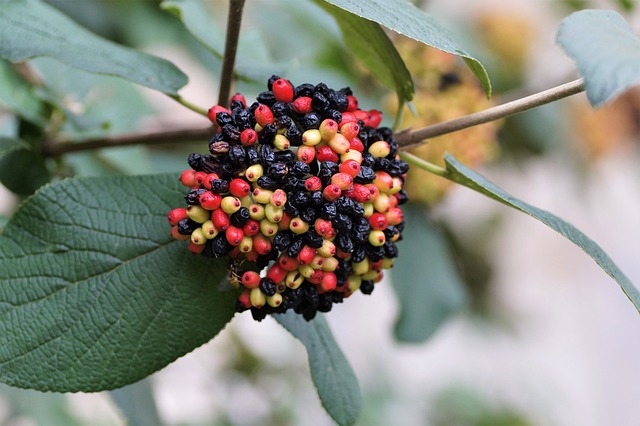Introduction:
In Pakistan, Vultures are also known locally as ‘Giddhs’ are considered to be an omen of bad luck in some South Asian societies and tribes whereas simultaneously, there are communities and tribes across South Asia that also consider them to be sacred. From an ecological perspective, vultures or giddhs are extremely important for our natural environment as they are often hailed as the recyclers of the environment and even as “nature’s garbage disposal“. They are naturally resistant to bacterial and viral diseases which allows them to feast on dead carcasses of animals and clean our environment.
Related: Endangered and Critically Endangered Bird Species of Pakistan
There are a total of 8 species of vultures in Pakistan out of which 3 are now critically endangered. The white-backed vulture species, commonly found in Pakistan, has declined by more than 95% since the 1990s. They have been declared as critically endangered by the IUCN.
Reasons for their Declining population:
Since the mid-1990s more than 95% of the vulture population has been eliminated as a result of habitat loss due to felling of trees for timber and cultivation but most significantly due to the fact that use of a particular kind of industrial drug administered to the cattles and livestock for breeding purposes.
The drug given to the cattle are non-steroidal anti-inflammatory drugs (NSAIDs), known as Diclofenac Sodium whose residue in the dead bodies kills the vultures by causing renal failure. Besides this, diclofenic is still being used along with aceclofenac, ketoprofen and flunixin, which is also unsafe for vultures.
From 2000 till 2002, The Changa Manga forest and surrounding regions in Punjab as well as some other regions in Tharparkar district were home to the largest population of vultures in Pakistan . However, after 12 years,, not a single vulture could be found in these areas due to this.
The largest population of vultures were in mainly the Thar desert, followed by scattered spots in southern Punjab, Azad Kashmir, and Balochistan.
Also check out: Endangered and Critically Endangered Animals of Pakistan
According to a 2016-17 survey conducted by the IUCN, the population of vultures was found mainly in the Nagarparkar and Islamkot areas of Tharparkar, and estimated between 500 and 600. In the towns of Taunsa and Toanwala in Punjab near Changa Manga forest; what used to be a place home to a population of 421 and 445 vultures respectively, had none left.
The critically endangered White-backed vulture (Gyps bengalensis) and long-billed vulture (Gyps indicus) have declined across most of their range by over 95% since the mid-1990s, according to a recent report published by World Wildlife Fund (WWF)- Pakistan.
Also check out: Endemic or Native Bird Species of Pakistan
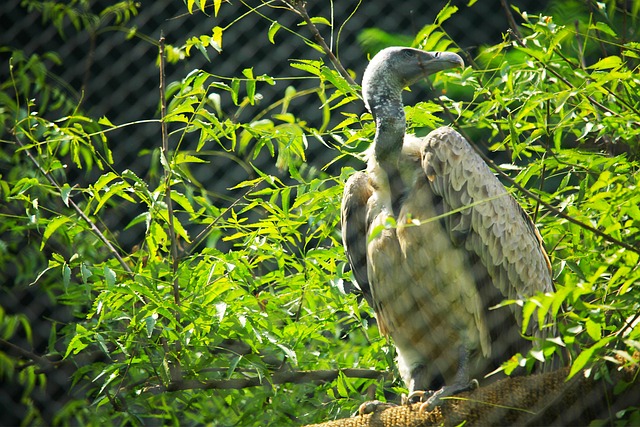
Efforts for Restoration and Conservation:
WWF Changa Manga Forest Restoration Projects:
In 2005, WWF-Pakistan started a programme called, the Gyps Vulture Restoration Project. Under this project WWF released 21 white-backed vultures in a large area specially reserved for the vulture conservation efforts in the Changa Manga forest and fed the birds a steady diet of donkeys and goats bred and reared exclusively for this purpose on-site.
This initiative serves to replenish the vulture population and once the environment is free of Diclofenac, these vultures will be freed. The birds have identification chips embedded in their skin to enable identification.
Taking another right step forward, in 2012, WWF – Pakistan established a “Vulture Conservation Centre” in the Changa Manga forest, 80 km southwest of Lahore. The facility’s main objective is to maintain and hold the current population along with a captive breeding program in order to increase the population.
This is quite challenging as conservation of this exact species of vultures is very difficult to sustain properly as after all the care and rearing of cattle to provide food for them we only have one egg per year from a single vulture of this species that is native to Pakistan and other parts of South Asia. As of 2014, WWF-Pakistan has 14 white-backed vultures living in the Changa Manga forest’s restoration facility.
Vulture Restoration Efforts in Tharparkar District:
Under the same initiative as that of Changa Manga, WWF-Pakistan also established a Vulture Safe Zone spanning an area of 100 kilometers in Nagarparkar- (Tharparkar district) which contains the remaining population of endangered white-backed and long-billed vultures.
In the Tharparkar district, a reservoir in Gorano region of the Thar desert was created using water pumped from a coal mine. This served as a good nesting and breeding ground for the vultures and as a result 60 new vulture nests have been spotted in the Islamkot and Nagarparkar areas along with 300 vultures along the reservoir.
Ban of Diclofenac:
Officially, the drug diclofenac was banned in 2006 but it was continued to be smuggled into Pakistan from China and many vets and farmers continued its use. Moreover, since diclofenac is also found in pain-relieving drugs for humans, many vets or farmers simply administer this version to sick animals.
A solution to this problem is the use of an alternate drug called Meloxicam. This drug is not harmful for vultures and does the same job as that of diclofenac sodium. Lastly, sensitization seminars and workshops should be routinely held to educate communities about the damaging effects of Diclofenac.
The population of vultures in Pakistan has shown slight signs of recovery in the past five years, but we still have some way to go for complete repopulation. For this we need complete insurance that the harmful drug- diclofenac is completely banned.
You might also like to read: National Parks in Pakistan – Fauna, Flora and Importance
I hope you all liked this post! Please comment below if you have any suggestions, comments, or feedback! We at #envpk love hearing from our readers! Thanks!

